Keeping your puppy on a leash in the house is important for their safety and training. It helps prevent accidents and reinforces good behaviour.
Introducing a new puppy into your home can be an exciting yet challenging experience. One of the key decisions you will need to make is whether to keep your puppy on a leash while indoors. While it may seem unnecessary at first, keeping your puppy on a leash in the house can actually be beneficial for both you and your furry friend.
This practice can help prevent accidents, such as chewing on furniture or getting into harmful substances. Additionally, it can aid in training your puppy to follow commands and establish boundaries. We will explore the reasons why keeping your puppy on a leash indoors can be beneficial and provide tips on how to do so effectively.
The Leash Debate: Indoor Use
Pros Of Indoor Leashing
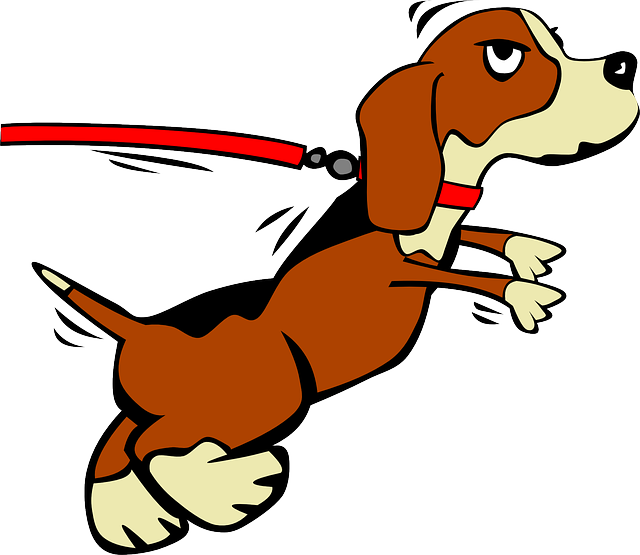
Promotes safety and prevents accidents.
Helps in training and establishing boundaries.
Gives you control over your puppy’s movements.
Cons Of Indoor Leashing
Limits the puppy’s freedom and natural exploration.
May cause frustration and anxiety in the puppy.
Can lead to tangling or tripping hazards.
Understanding Your Puppy’s Behaviour
Understanding your puppy’s behaviour is crucial for a harmonious living environment. Keeping your puppy on a leash in the house can help with training and safety. It allows you to monitor their behaviour and prevent any potential accidents or destructive behaviour.
Understanding Your Puppy’s Behaviour
Puppies are adorable, energetic, and curious creatures. Understanding their behaviour is crucial for their overall well-being. Puppy Development Stages play a significant role in shaping their behaviour. Moreover, being aware of Common House Training Challenges can help you navigate through the process of keeping your puppy on a leash in the house.
Puppy Development Stages
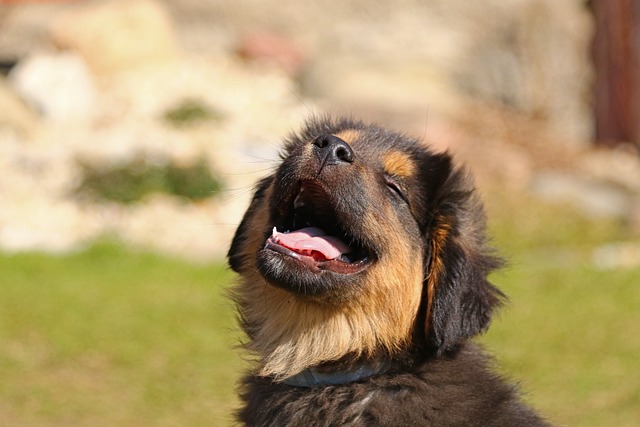
Puppies go through various development stages, each with its unique characteristics. Understanding these stages can provide insight into your puppy’s behaviour. Here are the primary development stages:
- Neonatal Stage (0-2 weeks): Puppies are deaf, blind, and entirely dependent on their mother.
- Transitional Stage (2-4 weeks): Senses start developing, and they become more aware of their surroundings.
- Socialization Stage (3-12 weeks): Puppies learn social cues and develop attachments to humans and other animals.
- Ranking Stage (3-6 months): They test boundaries and establish their place in the pack.
- Adolescence Stage (6-18 months): Puppies reach sexual maturity and may exhibit challenging behaviours.
Common House Training Challenges
House training a puppy comes with its set of challenges. Recognising these challenges can help in addressing them effectively. Some common house training challenges include:
- Accidents: Puppies have limited bladder control and may have accidents indoors.
- Chewing: They explore the world through their mouths and may chew on furniture and belongings.
- Separation Anxiety: Puppies may experience distress when left alone, leading to undesirable behaviours.
- Attention Seeking: They may seek attention through barking, whining, or engaging in destructive behaviours.
- Establishing Boundaries: Puppies need guidance to understand house rules and boundaries.
Understanding your puppy’s behaviour, their development stages, and the common challenges they face can contribute to a harmonious living environment for both you and your furry companion.
Safety First: Preventing Accidents At Home
Safety First: Preventing Accidents at Home
Common Household Hazards For Puppies
Puppies are curious by nature and love to explore their surroundings, but this can lead to potential dangers within the home. Common household hazards for puppies include electrical cords, toxic plants, small objects that can be swallowed, and open doors leading to unsafe areas. It’s important to be proactive in creating a safe environment for your puppy to prevent accidents and injuries.
How Leashing Can Help
Using a leash inside the house may seem unconventional, but it can be an effective way to prevent accidents and keep your puppy safe. By using a leash, you can easily guide your puppy away from potential hazards, prevent them from chewing on dangerous objects, and supervise their movements more closely. Additionally, leashing your puppy indoors can help with potty training by limiting their access to certain areas and preventing accidents.
Training Benefits Of Indoor Leashing
Enhancing Focus During Training Sessions
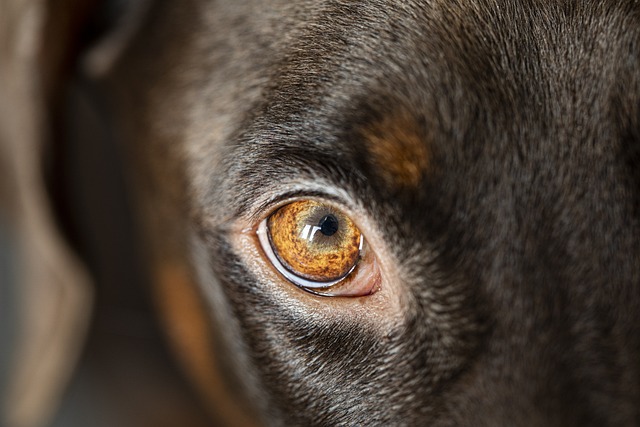
Indoor leashing can greatly enhance the focus of your puppy during training sessions. When your puppy is on a leash, it is easier to keep them engaged and prevent distractions. This allows for more effective training and quicker learning of commands. By keeping your puppy on a leash indoors, you can create a controlled environment that encourages better focus and attention during training.
Building Good Habits Early On
Leashing your puppy indoors from an early age helps to establish good habits and behaviours. It teaches them to respect boundaries and limits within the household, promoting a sense of discipline and obedience. By consistently using a leash indoors, you can instil positive behaviours and prevent your puppy from developing bad habits such as chewing on furniture or jumping on guests.
Bonding Time: Leash As A Connection Tool
Bonding time with your puppy is crucial for developing a strong, trusting relationship. Using a leash as a connection tool can have a significant impact on your puppy’s behaviour and your bond with them.
Establishing Trust Through Leash Training

Leash training your puppy in the house can help establish trust and communication. Using a leash allows you to guide your puppy in a gentle, controlled manner, helping them understand boundaries and expectations. With consistent leash training, your puppy learns to rely on you for guidance and feels secure in your presence.
The Impact On Puppy-owner Attachment
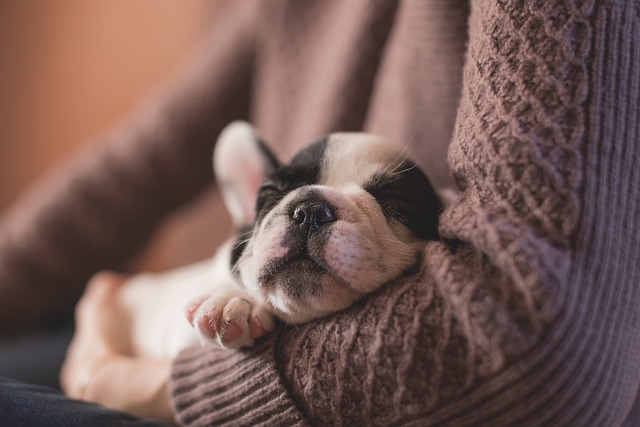
Leash training in the house can strengthen the attachment between you and your puppy. The close physical proximity and positive experiences during leash training create a strong sense of connection and security for your puppy. This strengthens the bond and deepens the trust between you and your new furry family member.
Alternatives To Leashing Inside The House
When it comes to keeping your puppy safe inside the house, there are alternatives to leashing that can provide freedom and stimulation while ensuring their safety. Instead of keeping your puppy on a leash indoors, consider implementing the following alternatives:
Using Baby Gates And Playpens

Baby gates and playpens can create a designated area for your puppy to roam freely while limiting access to certain areas of the house. This helps to keep them safe from potential hazards while allowing them to explore and play in a secure space. By using baby gates and playpens strategically, you can create a safe environment for your puppy without the need for constant leashing.
Interactive Toys And Puzzles For Stimulation
Interactive toys and puzzles provide mental and physical stimulation for your puppy, keeping them engaged and preventing boredom. These toys can include treat-dispensing balls, puzzle feeders, and interactive toys that encourage problem-solving and active play. By providing these stimulating toys, you can reduce the need for leashing while keeping your puppy entertained and mentally engaged.
Navigating The Transition To Freedom
Transitioning your puppy from being on a leash in the house to having more freedom can be a significant milestone in their development. It’s a crucial step that requires careful consideration and observation of your puppy’s behaviour. Navigating this transition to freedom involves understanding when to start giving more freedom and recognizing the signs that indicate your puppy is ready for less supervision.
When To Start Giving More Freedom
As a general rule, you can begin to give your puppy more freedom around the house once they have mastered basic obedience commands, such as sit, stay, and come. Another indicator is when your puppy consistently uses the designated potty area and shows good bladder control. Additionally, if your puppy can be trusted not to chew or destroy household items, it may be time to start allowing more freedom.
Signs Your Puppy Is Ready For Less Supervision
- Your puppy demonstrates a calm and confident demeanour when left alone for short periods.
- They follow your commands reliably and show good impulse control.
- You notice that your puppy seeks their designated potty area without reminders.
- They exhibit a decreased interest in chewing on inappropriate items or causing mischief around the house.
Expert Opinions On Indoor Leashing
Veterinarians Weigh In
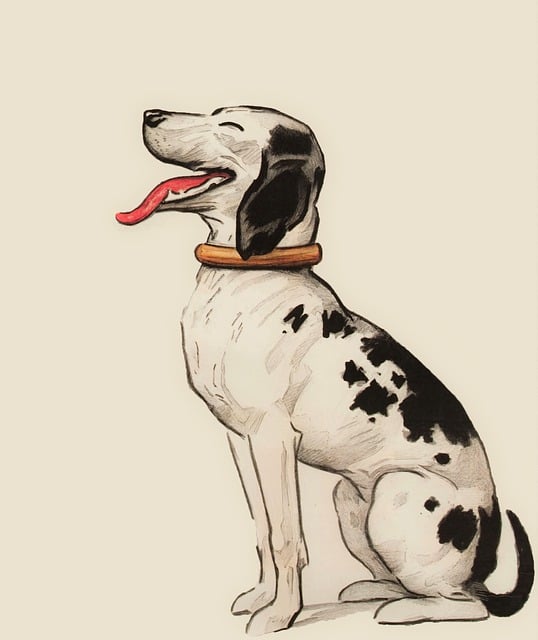
Veterinarians emphasize the importance of indoor leashing for puppies to prevent accidents.
Leashing indoors can aid in housebreaking and ensuring puppy safety.
Professional Trainers’ Recommendations
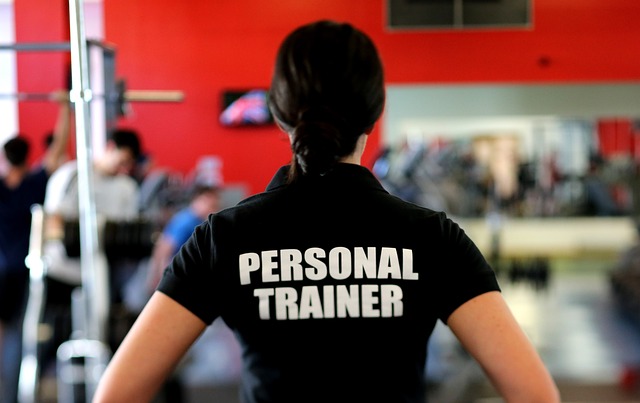
Professional trainers often advise leashing puppies indoors to establish boundaries.
Leashing can help in teaching basic commands and preventing destructive behaviour.
Final Thoughts: Balancing Safety And Independence
Balancing safety and independence is crucial when deciding whether to keep your puppy on a leash indoors. Providing freedom within limits can help prevent accidents while allowing your puppy to explore and learn in a controlled environment. It’s important to find the right balance to ensure your puppy’s well-being and development.
Making The Best Choice For Your Puppy
When bringing a new puppy home, it is important to consider their safety and well-being. While some pet owners prefer to keep their puppies on a leash in the house, others believe in giving their furry friends more freedom to explore. Ultimately, the decision to keep your puppy on a leash in the house depends on their personality, behaviour, and level of training.
When To Seek Professional Advice
If you are unsure whether to keep your puppy on a leash in the house, it may be helpful to seek the advice of a professional dog trainer or behaviourist. These experts can assess your puppy’s behaviour and provide guidance on the best approach to keeping them safe and happy in your home. Additionally, if your puppy has a history of aggression or anxiety, it is important to seek professional advice to ensure the safety of everyone in your household.
When deciding whether to keep your puppy on a leash in the house, it is important to find a balance between safety and independence. While a leash can provide added security, it may also limit your puppy’s ability to explore and learn. Ultimately, the decision to keep your puppy on a leash in the house should be based on their individual needs and behaviour. By taking the time to assess your puppy’s personality and seeking professional advice when necessary, you can ensure that your furry friend is happy, healthy, and safe in your home.
Frequently Asked Questions
Is It Okay To Keep A Puppy On Leash In The House?
Yes, it’s fine to keep a puppy on a leash indoors for training or safety purposes.
Should I Keep My Puppy On A Leash At All Times?
Yes, it is important to keep your puppy on a leash at all times for their safety and to prevent them from running off.
Should I Let My Puppy Roam Free In The House?
No, it is not recommended to let your puppy roam free in the house. Puppies are curious and can get into trouble, causing damage or injuring themselves. It is best to confine them to a safe area or use a crate until they are properly trained and can be trusted to roam freely.
How Do You Leash Train A Puppy Indoors?
To leash train a puppy indoors, start by introducing the leash gradually. Use treats to encourage walking and positive behaviour. Practice short sessions in a quiet, distraction-free area. Reward your puppy for following your lead and staying close. Consistency and patience are key for successful training.
Keeping your puppy on a leash indoors can prevent accidents and promote safety. It’s a personal choice, but consider your puppy’s behaviour and your home layout. Ultimately, finding a balance between freedom and control is key to a happy, healthy pup and a stress-free living environment.
